detail profile rebeca ch c3 a1vez
Peran Yang Di Mainkan Rebeca Chávez
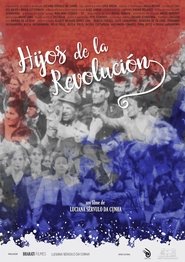 President Barack Obama visited Cuba on 2016...
President Barack Obama visited Cuba on 2016...Hijos de la revolución 2019
President Barack Obama visited Cuba on 2016, the first trip of a US president since the 1950s. In 2017, Donald Trump was elected signaling changes in relations with Cuban government. How to survive being who Cubans are?
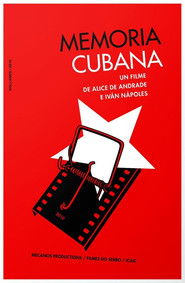 Through the files of Cuban cinema...
Through the files of Cuban cinema...Memória Cubana 2010
Through the files of Cuban cinema news program Noticieros ICAIC Latinoamericanos, the documentary shows the most relevant events of the second half of the 20th century as seen by the documentary filmmakers of the island. During three decades and under the general direction of Santiago Álvarez, these moviemakers witnessed almost everything: from the shivers of the Cold War to Bola de Nieve's piano solos; from the discovery of the killing fields in Cambodia to the Carnation Revolution in Portugal. In 2009, the original negatives of Noticieros ICAIC Latinoamericanos were declared part of the "world memory" by UNESCO.
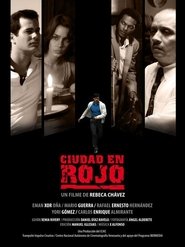 A 2009 Cuban drama by Rebeca Chvez...
A 2009 Cuban drama by Rebeca Chvez...City in Red 2009
A 2009 Cuban drama by Rebeca Chávez taking place in Santiago de Cuba at the beginning of revolution. In the late 1950s, the city of Santiago de Cuba was afire, the site of some of the fiercest resistance to the murderous dictatorship of Fulgencio Batista. The film's narrative unfolds over 24 hours in the lives of several youthful members of the underground as they confront their own uncertainty about the morality of armed struggle and the necessity of severing bonds that had seemed unbreakable.
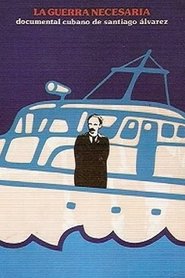 Alvarez longest documentary examination of the...
Alvarez longest documentary examination of the...The Necessary War 1980
Alvarez' longest documentary examination of the Cuban Revolution, this contains exceptional interviews with Fidel, Raúl, Almeida, Vilma, Haydee, Celia and Faustino Perez, among other key players in the Revolution.
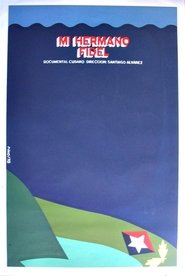 Follows the Cuban leader into the...
Follows the Cuban leader into the...My Brother, Fidel 1977
Follows the Cuban leader into the home of a 93 year old acquaintance of Jose Marti, who is now blind and who takes the duration of the film to realize who his illustrious interviewer actually is.

